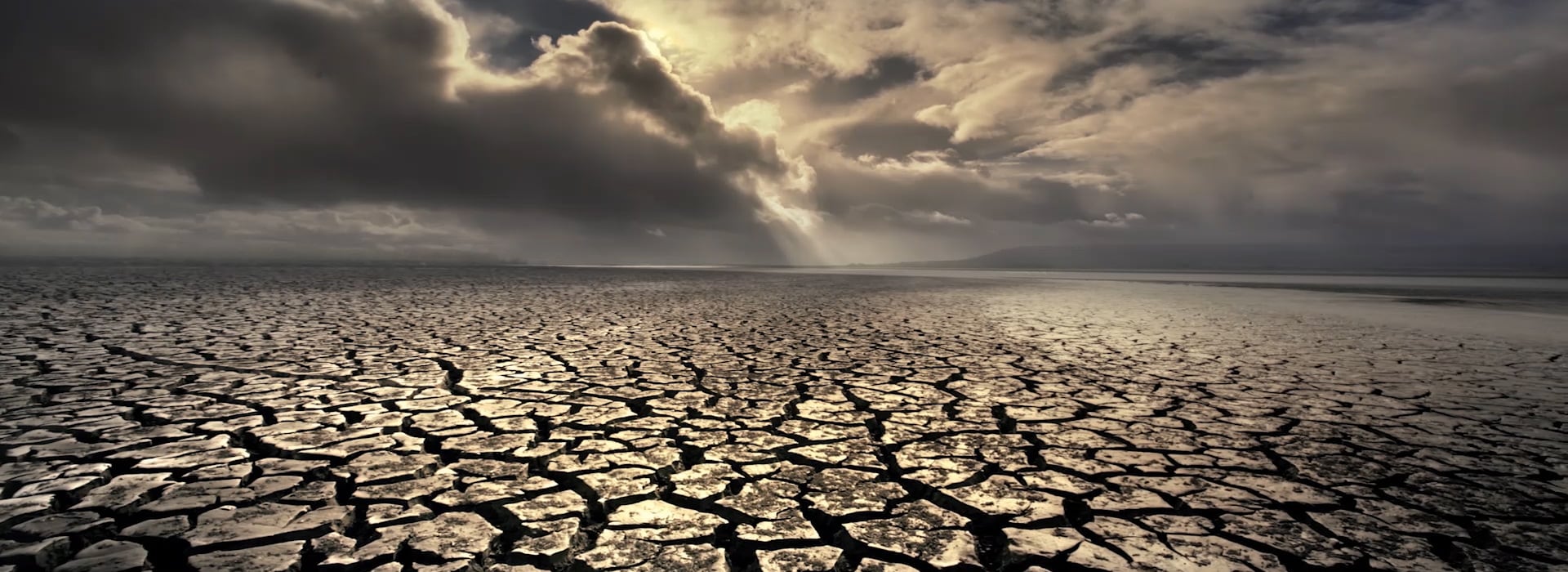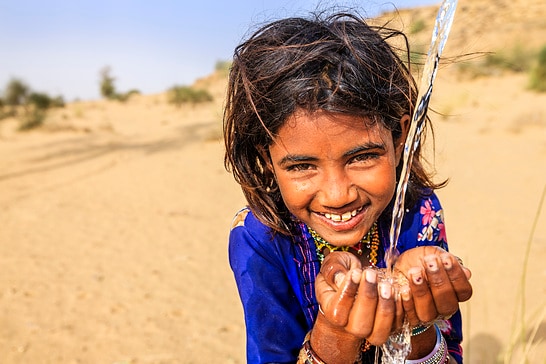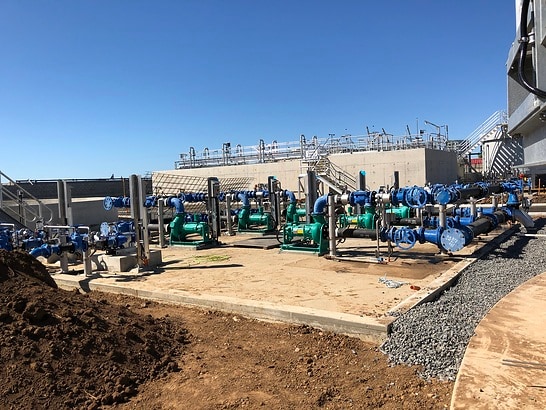Megatrend Water Shortage
Topics on this page:
UN World Water Report: around five billion people will experience water shortage by 2050.
Water is a scarce resource in many regions of the world. This not only applies to countries in Asia and Africa, but also increasingly to European countries and the USA.
According to World Health Organization and UNICEF estimations, around 785 million people currently lack basic access to drinking water – and that number is going up. Water supply and sewage disposal pose a real problem especially in the rapidly growing megacities of emerging countries.

Drinking water – a precious ressource
Access to water is a key factor in a country’s socio-economic development. Every human being and every economy needs water to survive. If access to water – which is scarce anyway – is restricted, there are serious consequences. Water shortage, caused by overuse or pollution, leads to a loss of prosperity and in the worst-case scenario thereby gives rise to social tensions.
Why is there a Water Shortage?
71 per cent of our earth, the “blue planet”, is covered with water. 97 per cent of this is salt water in the oceans and marginal seas of the earth that can only be used by humans to a limited extent. What remains is just under three per cent potable fresh water, such as can be found in lakes and rivers. A large part is also trapped in glaciers and as permanent snow and ice cover. In short, the planet’s usable freshwater resources are extremely limited and unevenly distributed.
Climate change further exacerbates this problem: global warming is increasingly causing extreme weather events such as heat waves and droughts. These especially affect regions already suffering from water stress. They come under additional pressure as it is not possible to guarantee a reliable water supply. Industrialised countries are just as affected by this as emerging or developing countries.
'Agriculture accounts for about 70 per cent of global water consumption. That means: No water, no food.'
Water Shortage is on the rise across the globe
2.2 billion people worldwide still don’t have regular access to clean water today. In addition, 4.2 billion people, i.e., more than 55 % of the global population, only have inadequate sanitary facilities. Poor hygiene and contaminated drinking water are responsible for diseases, epidemics, and high mortality rates. As a result, safe water plays a decisive role in disease containment and is one of the key cornerstones of social prosperity. Not least because of this, clean water and sanitation are an essential component of the United Nations’ Sustainable Development Goals.
Whilst the list of countries suffering from water shortage gets longer and longer, water consumption is on the rise. This is not only the result of industrialisation but also of rapid population growth. There are now over eight billion people on earth, and they consume six times more water than the approximately two billion people who lived on our planet 100 years ago. According to a United Nations forecast, more than five billion of these people will be at risk of water shortage by 2050.
The consequences of Water Shortage
If there is little or even no water available, this inevitably impacts a country’s food security. According to the United Nations, around 828 million people were affected by hunger worldwide in 2021, especially people living in dry regions.
Because farmers face particularly big challenges in these regions, they must grow food using little water and with poor soil conditions. However, because of the increasing water shortages, the acreage on which this would be economically viable is shrinking. Not to mention the fact that many agricultural irrigation systems are inefficient, meaning that they consume more water than is necessary or even that water is lost in the soil.
How can we solve Water Shortage?

Water is a human right and access to safe drinking water should not be a privilege. That’s why the Wilo Group is developing solutions to reliably supply people with this precious resource. We’re helping to safeguard water supply, treatment, and transport throughout the world. This is how we’re actively tackling the issue of water shortage.
Facilitate access to clean water
Our aim is to give 100 million people better access to clean water by 2025. In this way, we’re supporting countries in their efforts to comply with the Paris Agreement. It stipulates that everyone should have access to clean drinking water and sanitary facilities by 2030. In addition, the agreement envisages that the importance of water will be afforded greater consideration in climate policy. Sustainable water management helps conserve resources and makes it possible to effectively adapt to climate change. We believe that everyone can contribute, whether that be as individuals, countries, or companies. More than ever before, we need sustainable solutions today to successfully combat water shortage.
References

Wilo Solutions for Water Shortages
Water shortages have far-reaching consequences, not only for people, but also for the environment and the economy. Droughts and heat waves are becoming daily topics in the news. Meeting the challenges of water scarcity requires innovative solutions. Highly efficient water management gives people a sufficient access to water and secure food supplies. Learn more about our solutions for successful water management and fighting water shortage here.

Toshka, Egypt
As part of the Toshka Project, one of the largest pumping stations in the world was built in the dry and hot southwest of the country between Lake Nasser and the oases of the Libyan desert. Huge amounts of water are being taken from Lake Nasser to transform the desert land into arable land in the long term, thus securing the country’s food supply.
N'diob, Senegal
Around 30 per cent of people living in sub-Saharan Africa have no access to clean drinking water daily. Together with Africa GreenTec, Wilo is working to ensure the smart networking of components for electricity production, cooling, water treatment and communications through an impact site. Solar-powered borehole pumps help convey ground water for drinking water treatment and ensure efficient field irrigation.











